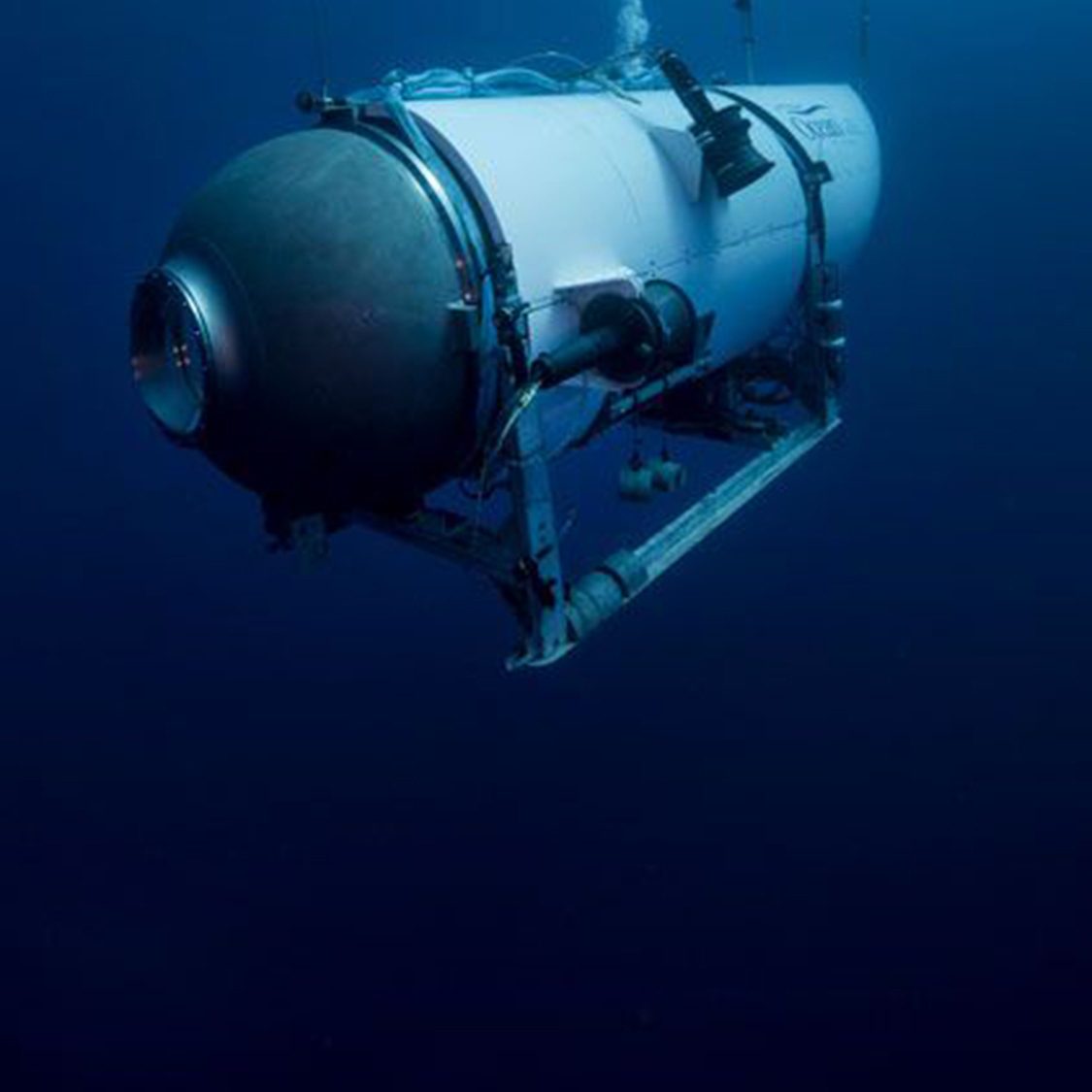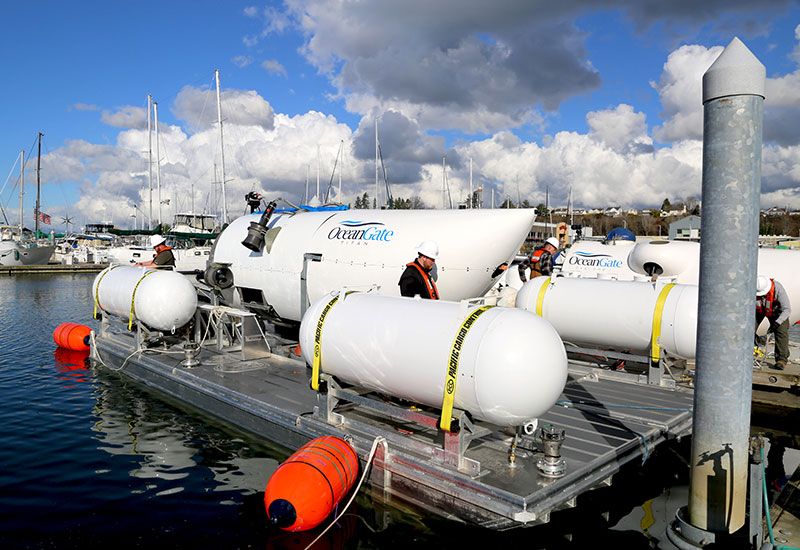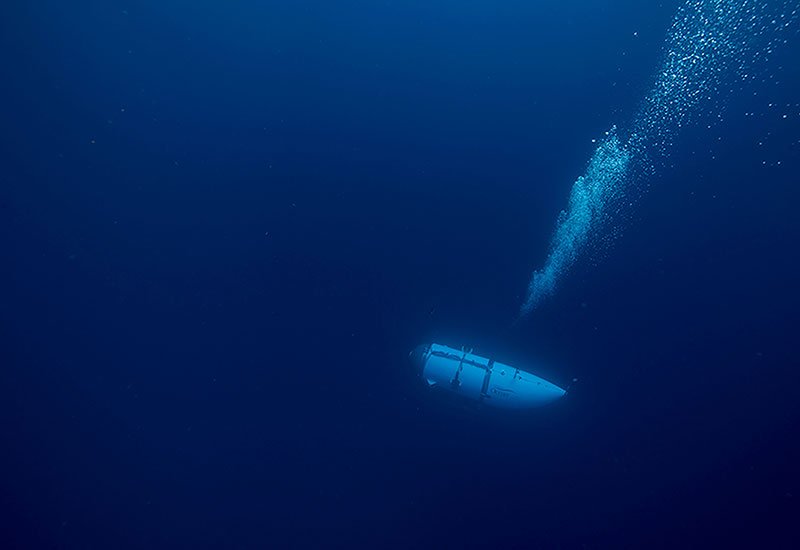Can the bodies from the Titanic sub be recovered following the implosion?
The chances of recovering the bodies of the five passengers aboard the doomed OceanGate submersible bound for the Titanic wreckage are extremely bleak, experts have said.
The four tourists, including two billionaires, and the CEO of OceanGate Expeditions were all killed when the submersible suffered a “catastrophic implosion,” the US Coast Guard announced Thursday.
It is unclear when the powerful underwater implosion occurred during the Titan’s journey to the wreckage 12,500 feet below the ocean’s surface — but due to the nature of the disaster, recovery efforts are extremely difficult.
“This is an incredibly unforgiving environment down there on the sea floor and the debris is consistent with a catastrophic implosion of the vessel,” Rear Adm. John Mauger of the US Coast Guard said at a press conference Thursday.
“We’ll continue to work and search the area down there but I don’t have an answer for prospects at this time,” he added of the bodies being recovered.
Ofer Ketter, a longtime submersible specialist and co-founder of private sub company Sub-Merge, told The Post that the force of the implosion, which means the vessel violently collapsed inward under the immense pressure of the sea, would have turned parts of the submersible “to dust.”
“To me, it makes absolute sense that the chamber, the pressure chamber where the passengers are sitting in, did not withstand the pressure because of the material that it was built on,” he said.
“And that is exactly what imploded and turned to dust. Everything else that was either made of titanium or perhaps other steels, survived, and that’s what was found.”
He added it would have happened in a millisecond, if not quicker.


“They never knew it happened,” Ketter said of the five victims, “which is actually very positive in this very negative situation.”
Dr. Peter Girguis, a Harvard University professor and adjunct oceanographer in applied ocean engineering and physics at the Woods Hole Oceanographic Institution, compared the submersible to a scuba tank.
“When a scuba tank is overfilled, there’s a safety device that releases gas very quickly,” he told The Post.
“When you take the equivalent of a scuba tank and you want it to hold the pressure out, it’s a different story — because if you go beyond the strength of the vessel, then it crushes or collapses,” he explained.


The victims included Suleman Dawood, 19, his business tycoon father Shahzada, 48, British billionaire Hamish Harding, 58, famed Titanic explorer Paul-Henri Nargeolet, 77, and OceanGate founder and CEO Stockton Rush, 61.
The group descended toward the depths of the Atlantic on what was supposed to be a memorable trip Sunday morning.
The US Coast Guard revealed the news of the “catastrophic implosion” after discovering multiple debris fields earlier Thursday.
Read the full article Here


